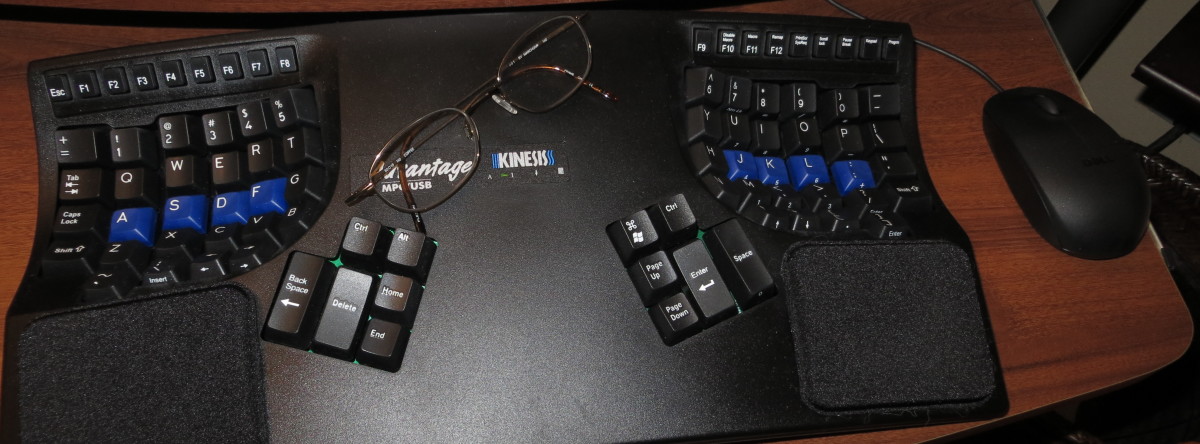
Most of my books begin with a dream. Not the sort of dream that is an ambition or goal, but literally something from sleep in which a personage displays him or herself to me in an image or a short scene, and I am left with the responsibility of creating a story-line that will enable the character to exhibit himself in all his aspects and therefore become real. And when that happens I’m released from an odd obligation, and other people have a similar personage in their heads . . .
It goes on.
The Grey Horse was different, in that the personage was standing in my front acreage. His name was M.G.R.M. Music Man, called Emmett, and he was my Anam Cara to use an old Irish phrase. Soul Friend.
Emmet was a Connemara Pony, and although I never saw him change shape entirely, he was certainly as magical as the character Ruari MacEibhir, whom I put into the book. Emmet could manage a cart or a rider, babysit humans and foals and lambs, seduce mares twice his size with a nicker, pull stumps and clear land and do anything else asked of him. He could put up with nearby honking locomotive trains, Civil War cannons and Camels on parade. I have to restrain myself from allowing this to become one more elegy of Emmett, instead of a story of the book.
I travelled to Ireland and explored the Connemara Gealtacht, with language and history, in order to place him properly and make for him an appropriate story which could display him in all his shabby glory. I chose the end of the nineteenth century, because that was not only a time the pony from those hills came to be recognized, but it was also a time in which not a lot happened to the humans of the area. As I don’t seem to have a talent for ‘epics’, I wanted to find a background that would give room for a handful of characters and would give them space in which to grow.
How I did research this small area of land! And how I listened to stories of the founders of the pony line. Long squelching pilgrimages into old stone stables, with the shapes of dim stallion heads looking out at me, wise and soiled. I lived for a time with the human people at An Sruhan, which is outside Caer Rua, where I had found a place to set my wheel of characters spinning.
Yet despite all the research, The Grey Horse is the closest thing I’ve ever had to a book that wrote itself. I have read it since, which is a thing I almost never do once finished with a book, and I couldn’t find or remember myself mucking about in it at all. That was a very good feeling.
And when The Grey Horse was done and published, I got a most unexpected letter from a writer I’d long admired from a distance: D.C. Fontana, the script supervisor and frequent writer for the original Star Trek series. At first I thought it must be a joke, but it wasn’t. She wanted to buy the script rights for the book. I’d have given them all to her on a golden platter, if I’d had a golden platter, and if she were willing to act in so un-business-like a manner. She wrote such a magnificent screen-play! I am still abashed to think of that amount of careful attention given to my book.
And miribile dictu, we came close to getting it produced. More than once. All of which meant more to her than it could to me, ignorant of her world as I am.
The Grey Horse was good to me, in many ways. So was Emmett.

The Grey Horse is still my favorite stand alone book. I’m a horse person and I’ve never read anything that feels so “right” on the horses. I made my (to date) only visit to Ireland, to Clifden, in Connemara, because you made me want to see it. Rode a Connemara, although circumstances required it to be a day ride rather than the trekking I hope to do one day.
Thank you for such a wonderful story, filled with interesting humans, wonderful horses and even some faeries. I treasure my dog-eared paper back, which made that trip with me.
I just reread The Grey Horse. I am so glad I did. I have never been so invited into a book ever. That wonderful journey of Anrai, first on foot and then – well no spoilers, but oh! It is my favorite opening of any I’ve ever read.